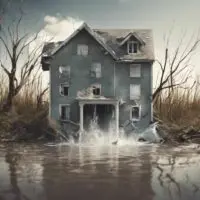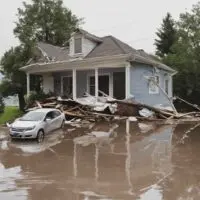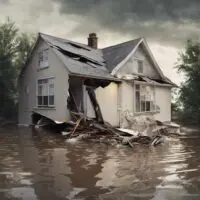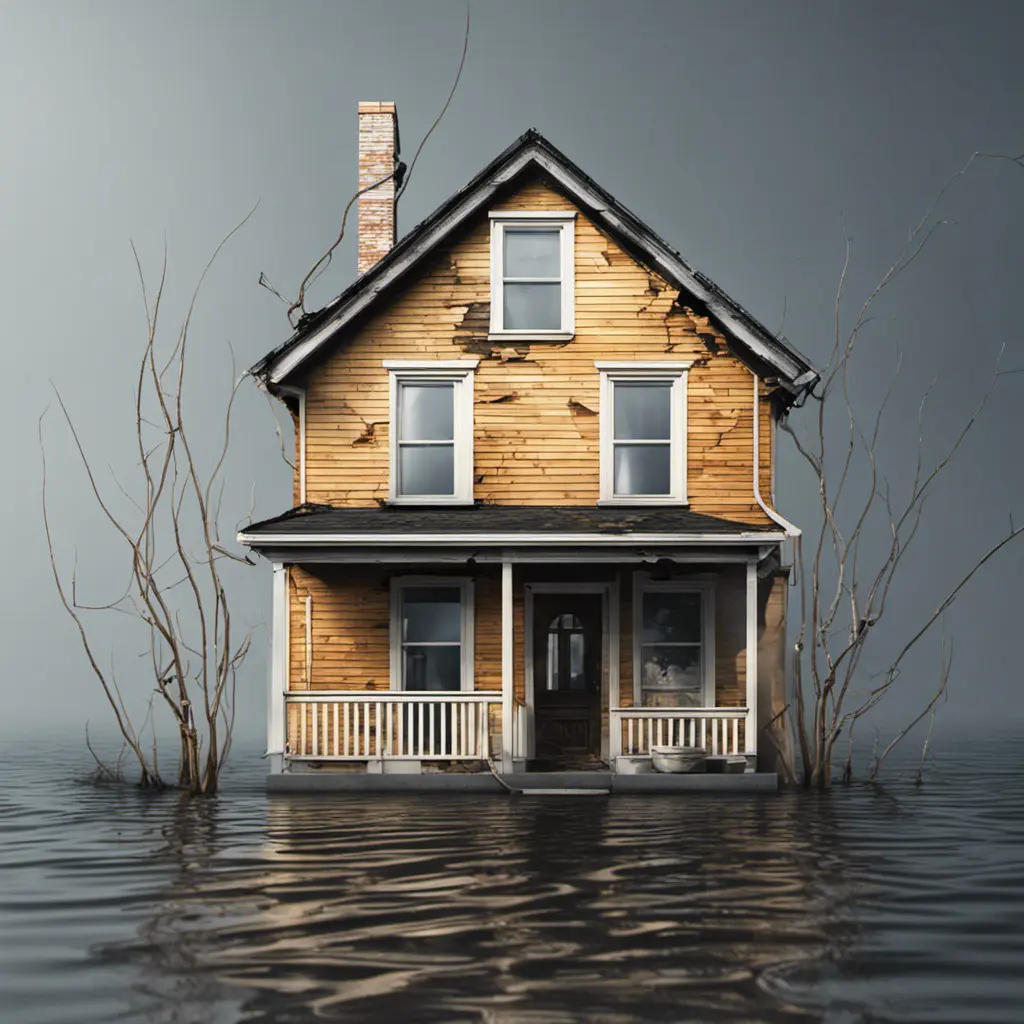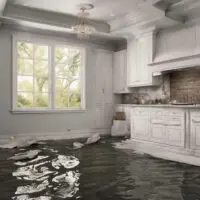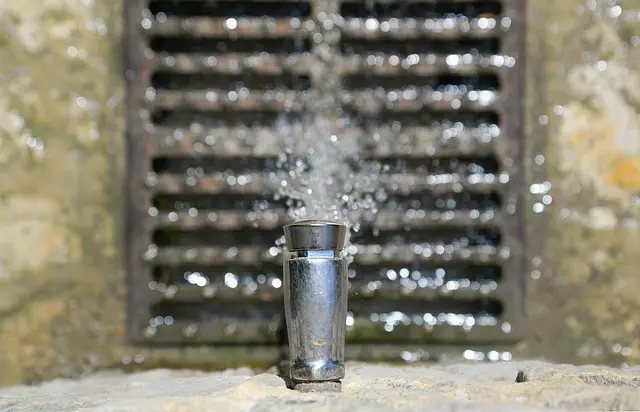
Natural disasters, with their erratic intensity and unwavering might, frequently leave a path of devastation in their wake. Among the many difficulties these tragedies provide, water damage is a dangerous foe that creeps into homes and neighborhoods with its subtle and all-pervasive threat.
During these kinds of emergencies, being able to manage water damage turns into an essential ability, a ray of hope despite the turmoil. With this thorough guide, we set out to explore the details of managing water damage in the event of a natural disaster.
Our goal is to empower people to protect their homes, their loved ones, and their future selves by offering practical insights and effective techniques that range from early preparedness measures to post-disaster recovery.
This articlewill cover the finer points of early preparation, giving readers the tools to keep an eye on the weather, assemble emergency supplies, and plan evacuations. In addition to covering the immediate effects, we will go over the critical actions that must be taken both during and after a natural disaster to evaluate water damage, salvage property, and give priority to health and safety.
By using these ideas, we hope to offer a thorough guide for dealing with water damage, so that people can come out of the chaos with the fortitude, readiness, and resources necessary to start over.
See also our post on Professional Water Damage Restoration Services, West Lake Hill, TX
Early Preparedness Measures
Weather Monitoring
Stay informed about weather forecasts and potential natural disasters in your region. Utilize reliable sources to receive timely updates and warnings.
Emergency Kit
Assemble a well-stocked emergency kit containing essentials such as water, non-perishable food, medications, first aid supplies, and important documents. Ensure it is easily accessible.
Evacuation Plan
Develop and familiarize your family with an evacuation plan. Identify safe routes, evacuation shelters, and means of transportation in case immediate evacuation becomes necessary.
Home Inventory
Create a detailed inventory of your possessions. Documenting your belongings with photographs or videos can simplify insurance claims in the aftermath of a natural disaster.
Insurance Review
Regularly review your insurance policies, ensuring they adequately cover potential water damage scenarios. Understand the extent of your coverage and make necessary adjustments if required.
Protective Measures During a Natural Disaster
Elevation of Valuables
Raise valuable possessions and important documents above potential water levels. Use shelves, cabinets, or other elevated surfaces to minimize the risk of water damage.
Temporary Sealing
In the event of an imminent disaster, employ temporary sealing methods. Use sandbags, waterproof barriers, or sealants to create a protective barrier against encroaching water.
Power Disconnection
Prevent electrical hazards by turning off the main power supply to your home. Avoid using electrical appliances during flooding to reduce the risk of electrocution.
Emergency Contact Information
Keep a list of emergency contact numbers readily available. Include local authorities, utility companies, and insurance contacts for quick access during crises.
Communication Plan
Establish a communication plan with family members and neighbors. Ensure everyone is aware of the emergency contact person and has a designated meeting point if separated.
Post-Natural Disaster Assessment
Safety First
Before entering a water-damaged area, prioritize safety. Assess structural integrity, electrical hazards, and potential contaminants. Only proceed if it is safe to do so.
Document Damage
Thoroughly document the extent of water damage with photographs and written descriptions. This documentation is crucial for insurance claims and assistance applications.
Water Extraction
Remove standing water promptly to prevent further damage. Use pumps, buckets, or towels to extract water from affected areas. Proper ventilation aids in the drying process.
Salvaging Possessions
Attempt to salvage valuable possessions and sentimental items. Clean and disinfect items exposed to water to mitigate potential health risks.
Professional Assistance
Engage professional restoration services for a comprehensive assessment and effective restoration. Professionals have the expertise and equipment to handle water damage efficiently.
Health and Safety Considerations
Protective Gear
When dealing with water-damaged areas, use appropriate protective gear. This may include gloves, masks, and boots to minimize contact with contaminants.
Mold Prevention
Act swiftly to prevent mold growth. Thoroughly dry affected areas, discard irreparably damaged items, and use mold inhibitors to mitigate the risk of mold development.
Ventilation
Ensure proper ventilation during cleanup efforts. Use fans and open windows to facilitate air circulation, promoting faster drying and reducing the risk of mold.
Water Quality Testing
If the water source is external (e.g., floodwater), conduct water quality testing before consuming or using it. Contaminated water can pose severe health risks.
Regular Health Checkups
Monitor the health of individuals involved in the cleanup. Seek medical attention for any symptoms of illness or discomfort arising from exposure to water damage.
Insurance Claims and Documentation
Prompt Reporting
Report water damage to your insurance provider promptly. Provide detailed documentation, including photographs, repair estimates, and other relevant information.
Claims Process
Understand the insurance claims process. Follow up with your provider to ensure a timely and fair resolution. Maintain open communication throughout the process.
Contractor Quotes
Obtain quotes from reputable contractors for repair and restoration work. Ensure quotes are comprehensive, covering all necessary repairs and associated costs.
Policy Review
Review your insurance policy to understand coverage limitations and exclusions. Seek clarification from your provider on any aspects that may be unclear.
Post-Claim Inspection
After repairs, conduct a thorough inspection of the property to ensure that all damage has been adequately addressed. Address any remaining concerns promptly.
Community Support and Resources
Local Assistance Programs
Explore local assistance programs that may provide financial support or resources for individuals affected by natural disasters. Local government offices and non-profit organizations may offer help.
Community Networking
Connect with neighbors and community members who may be facing similar challenges. Sharing resources and information can foster a sense of community resilience.
Emotional Support
Acknowledge the emotional toll of water damage during a natural disaster. Seek emotional support from friends, family, or counseling services to cope with the aftermath.
Government Aid
Stay informed about government aid programs available for natural disaster victims. Government agencies may offer financial assistance, housing support, or low-interest loans.
Future Preparedness Initiatives
Engage in community initiatives focused on disaster preparedness. Collaborate with local organizations to organize workshops, drills, and information sessions for enhanced community resilience.
See also our post on A Comprehensive Guide to Preventing Water Damage in Industrial Warehouses
Future Preparedness and Mitigation
Learn from the Experience
Reflect on the handling of water damage during the natural disaster. Identify lessons learned and areas for improvement in your preparedness and response strategies.
Enhanced Infrastructure
Advocate for enhanced infrastructure and flood prevention measures in your community. Engage with local authorities to address vulnerabilities and implement sustainable solutions.
Regular Preparedness Drills
Conduct regular preparedness drills with family members and neighbors. Practicing emergency response procedures can enhance readiness during future crises.
Community Education
Participate in or organize community education programs on disaster preparedness. Sharing knowledge and resources strengthens community resilience.
Sustainable Practices
Promote sustainable practices to reduce the impact of natural disasters. Advocate for environmentally friendly measures that contribute to long-term community well-being.
Conclusion
In order to effectively manage water damage following a natural disaster, it is necessary to combine rapid reaction, proactive planning, and all-encompassing recovery activities. Every stage of the process, from pre-disaster planning to post-disaster evaluation and beyond, is critical to reducing damage and expediting the healing process.
People can overcome the difficulties caused by water damage by knowing what’s involved in these procedures and getting involved in the community. This guide is a complete resource that will help readers not only weather the storm but also come out stronger after it passes.
